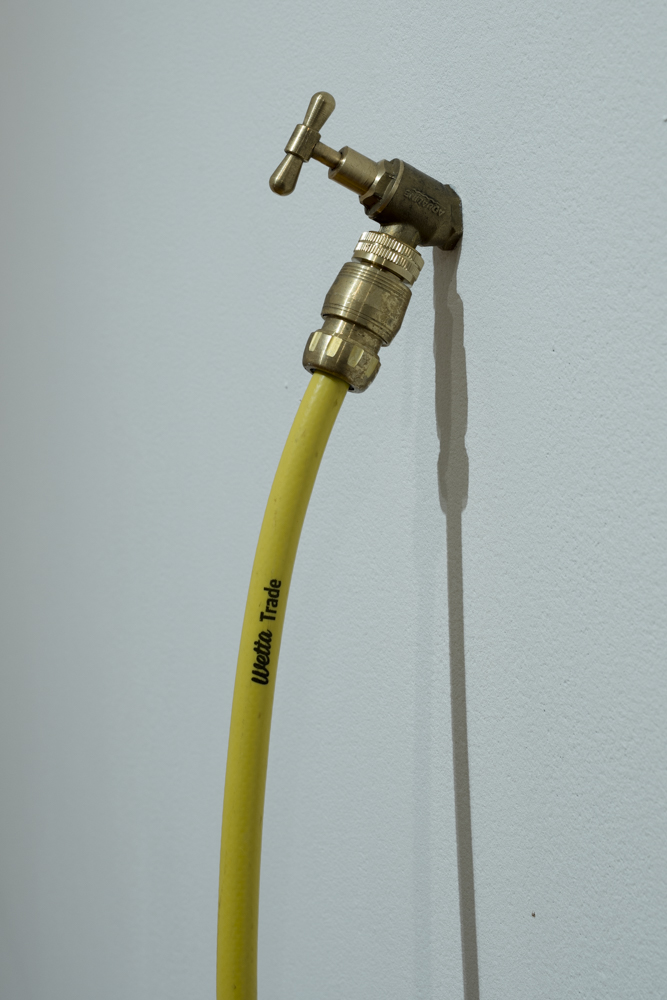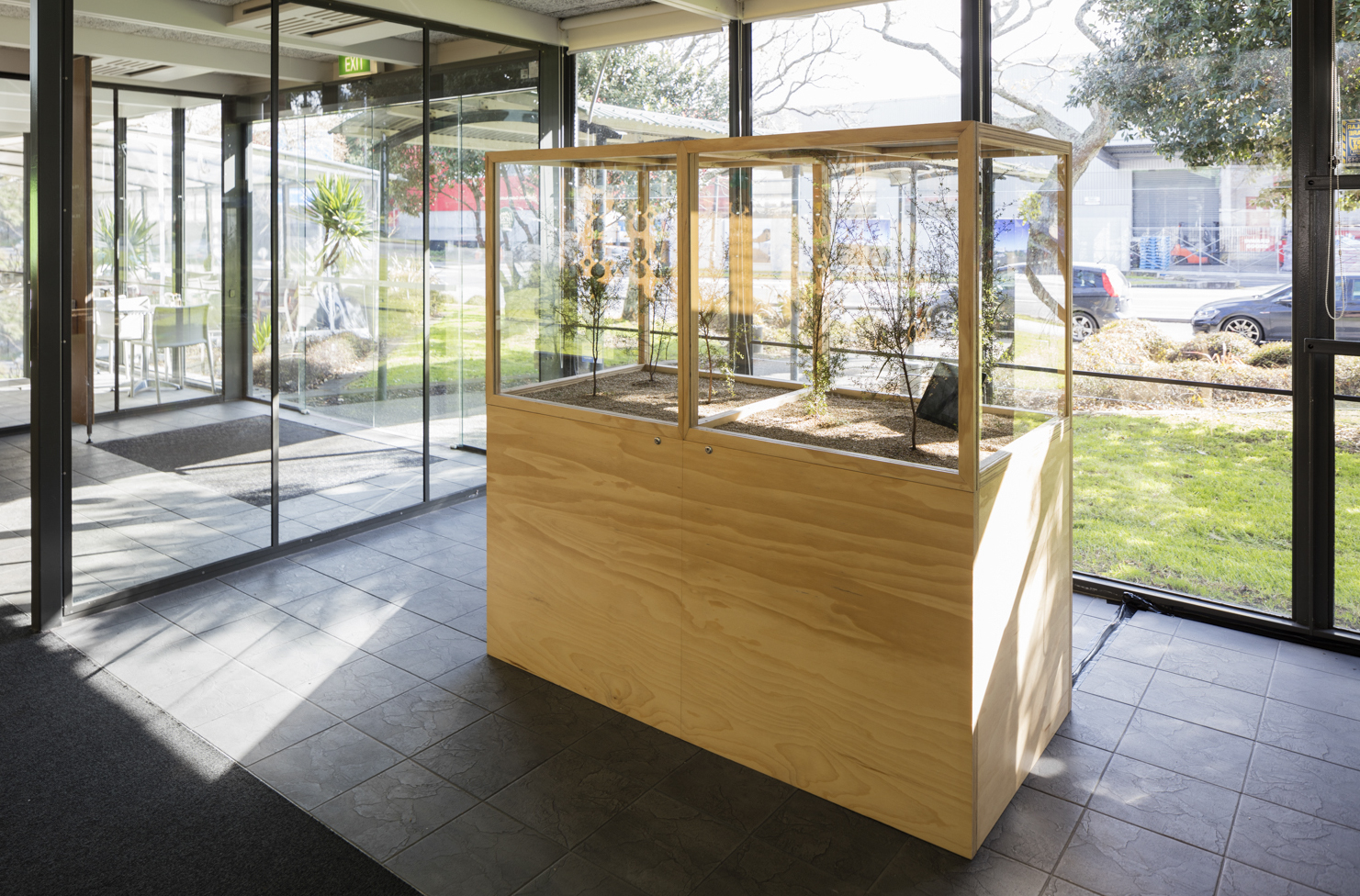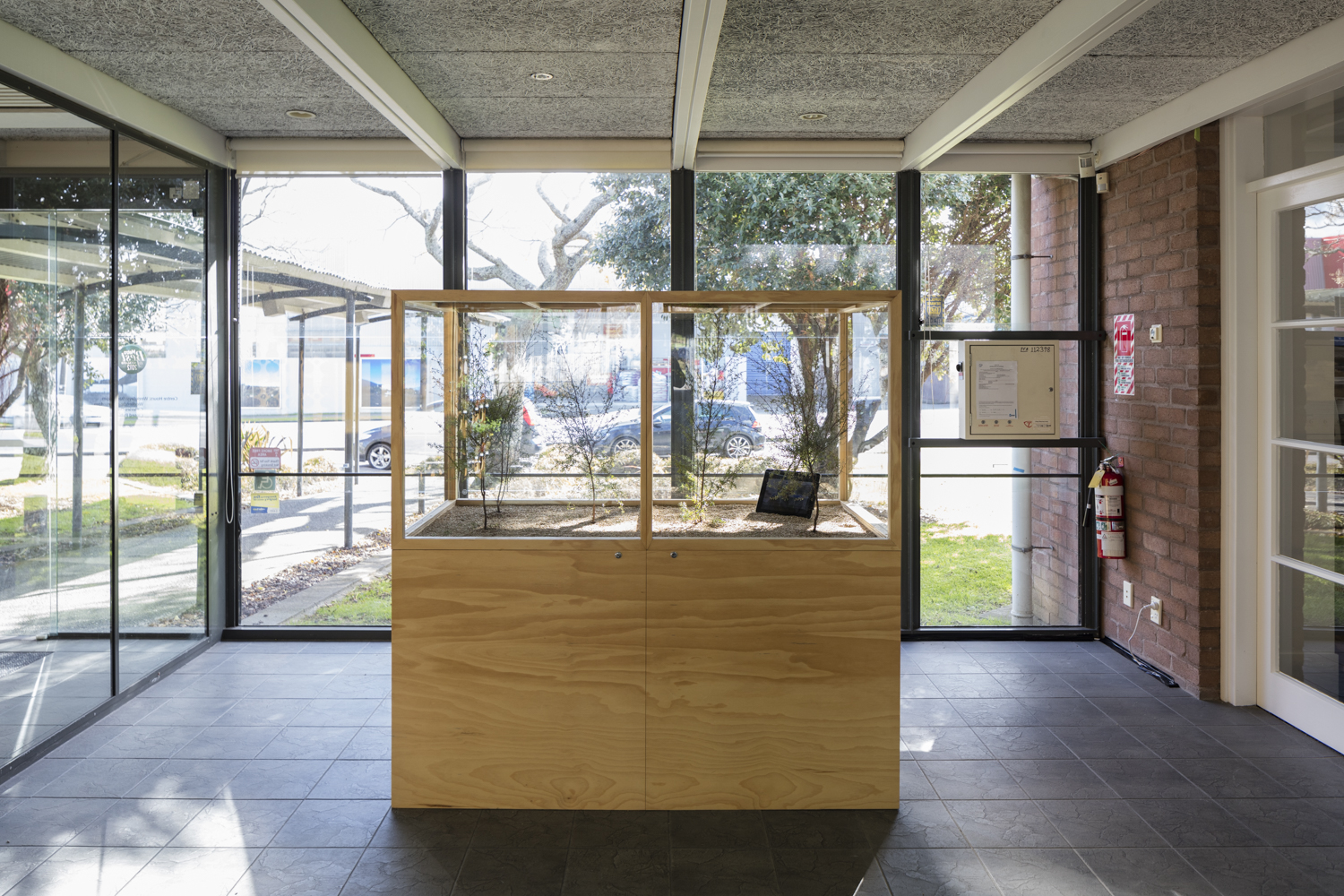At a distance of fourtytwo days
At a distance of fourtytwo days
Jenny Gillam & Eugene Hansen with Adrian McCleland
Te Tuhi, Auckland 1 August–25 October 2015
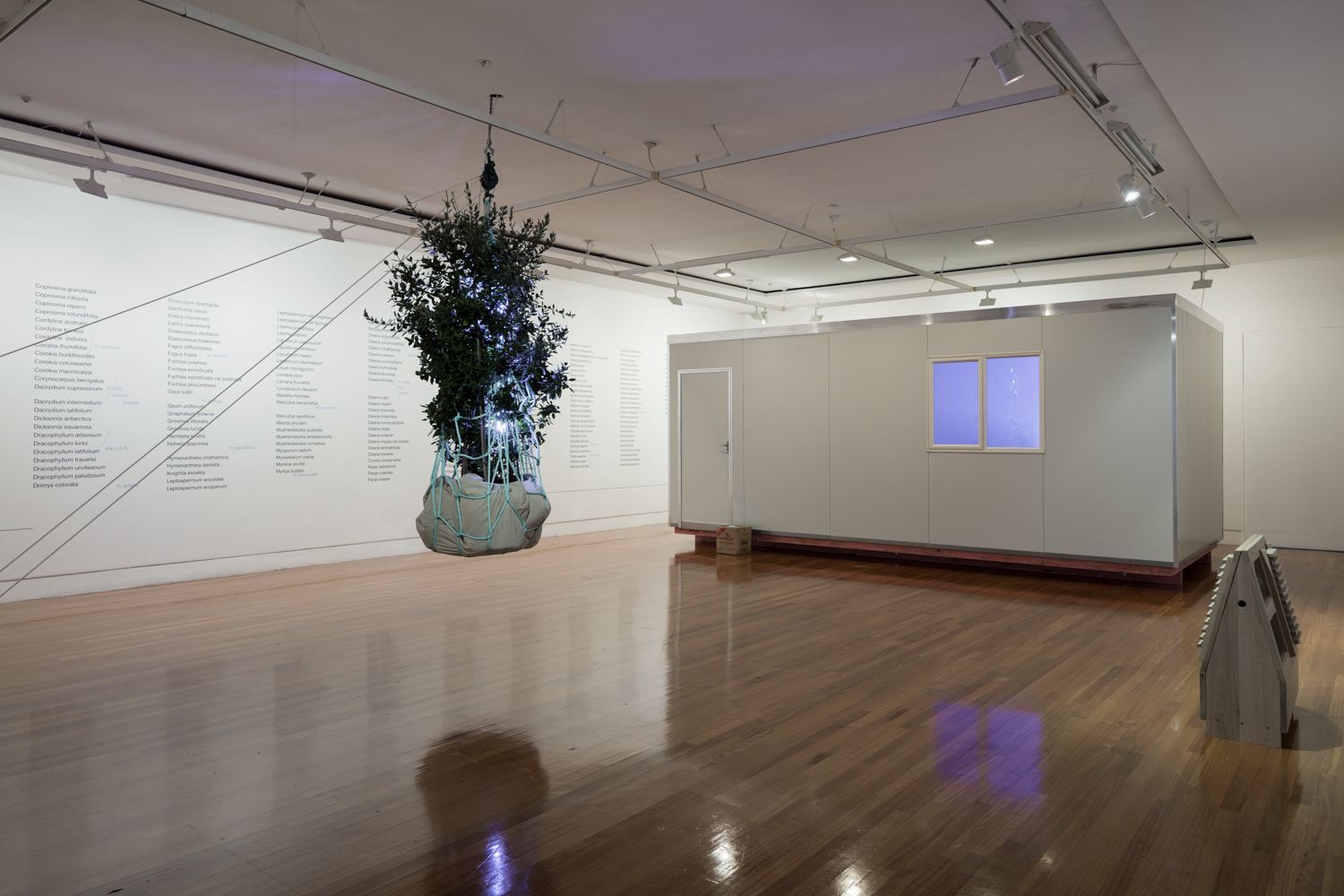
At a distance of forty-two days, by Wellington based artists Jenny Gillam and Eugene Hansen, in collaboration with Adrian McCleland, is the result of Gillam’s long-term research project with scientists from the Institute of Natural Resources at Massey University. Serving as both art and genomic science, this in-depth project involves an investigation into a rogue colony of female native New Zealand stick insects that became established during the early twentieth century in the Tresco Abbey Garden, part of the Isles of Scilly situated off the southern coast of the UK .
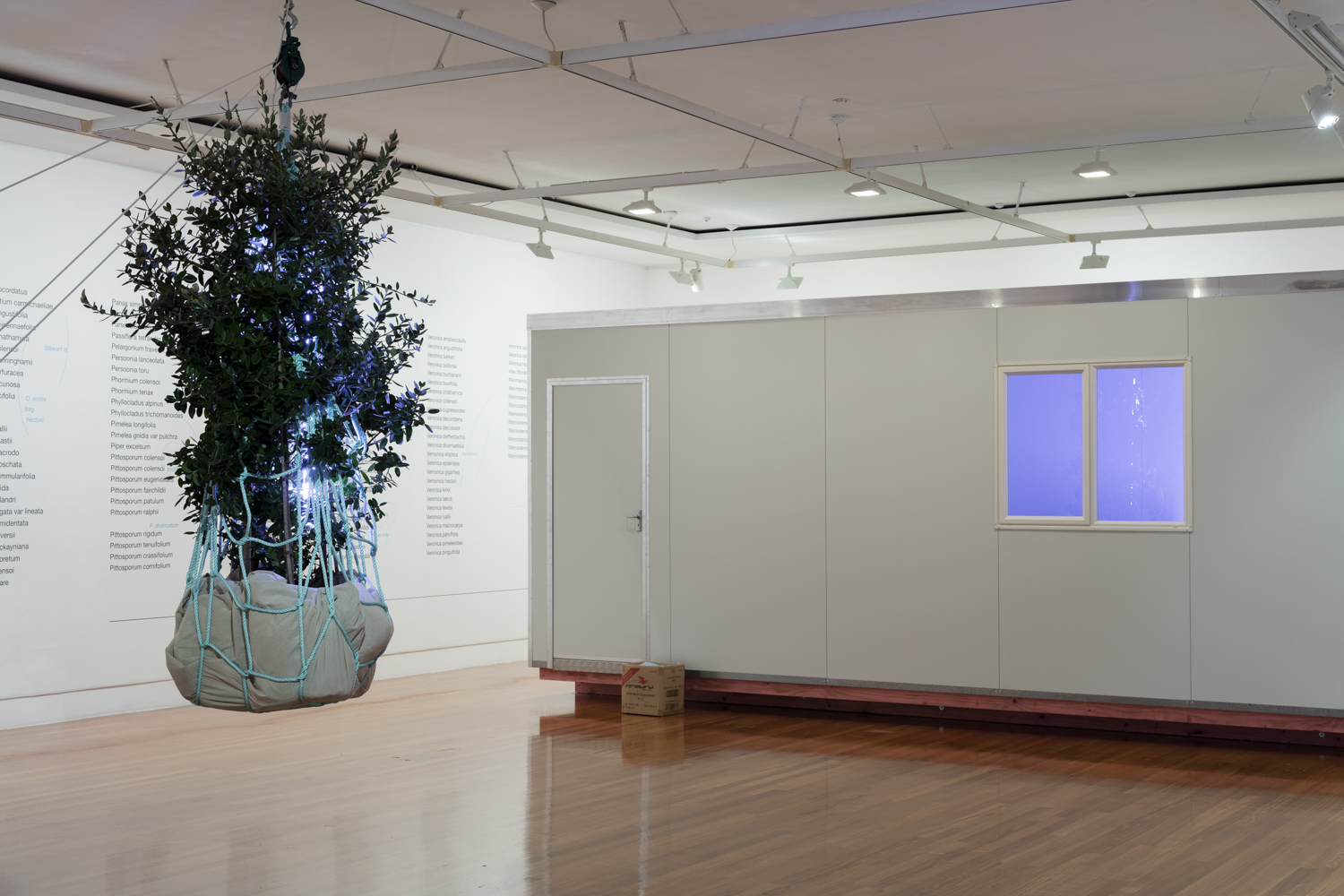
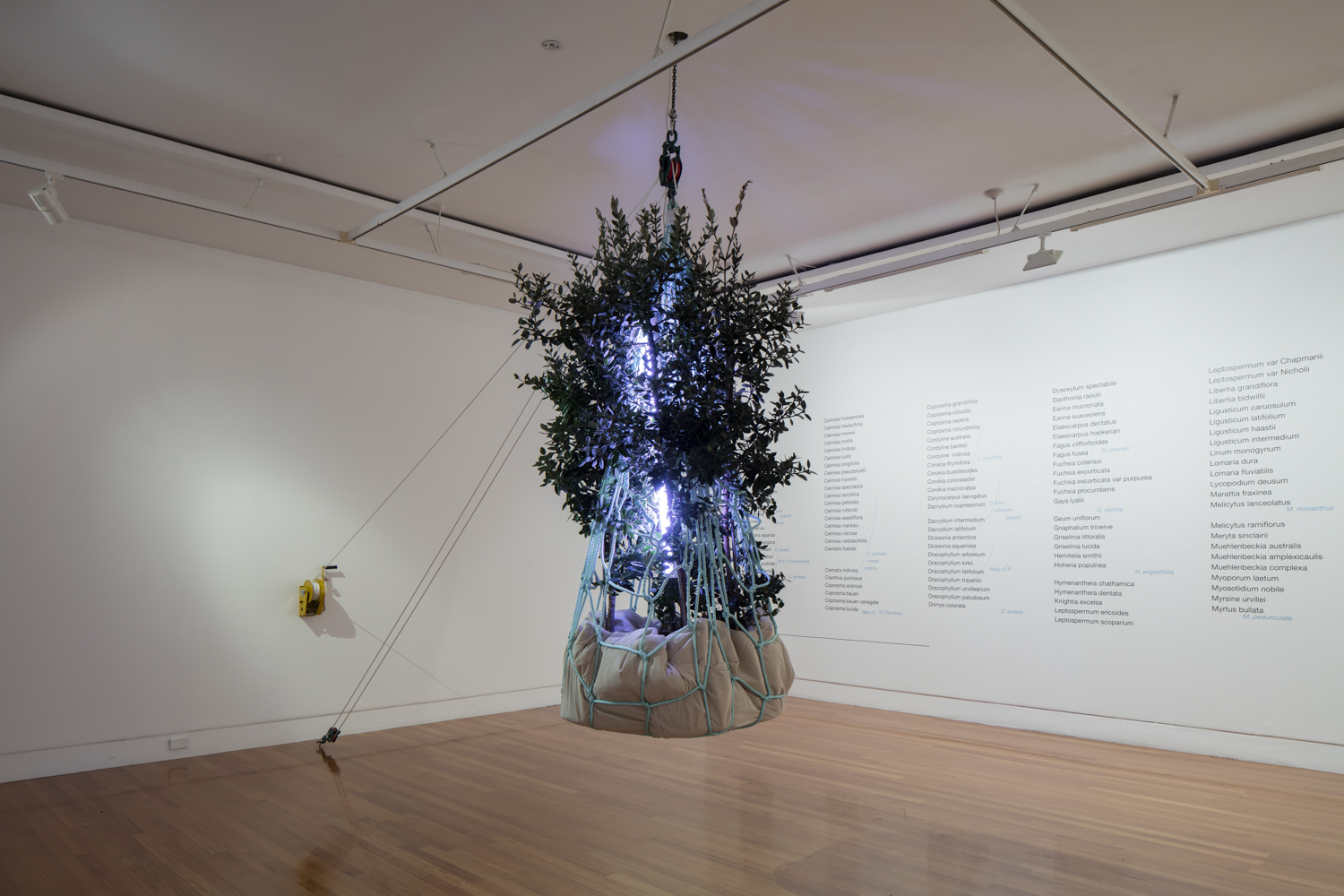
In 2014 Gillam and Hansen travelled to the Isles with entomologists Steve Trewick and Mary MorganRichards to observe the insects. The insects are of great scientific interest because of the length of time the all-female colony has been reproducing without male involvement. Subsequently live specimens from Tresco were taken to a physical containment facility at Palmerston North and cross-bred with New Zealand insects for the purposes of further scientific and artistic research. Trewick and Morgan-Richards have been studying what evolutionary difference this lack of male participation may or may not have caused in the species. They are also currently examining if the Scilly Isles insects will successfully breed with males from New Zealand populations
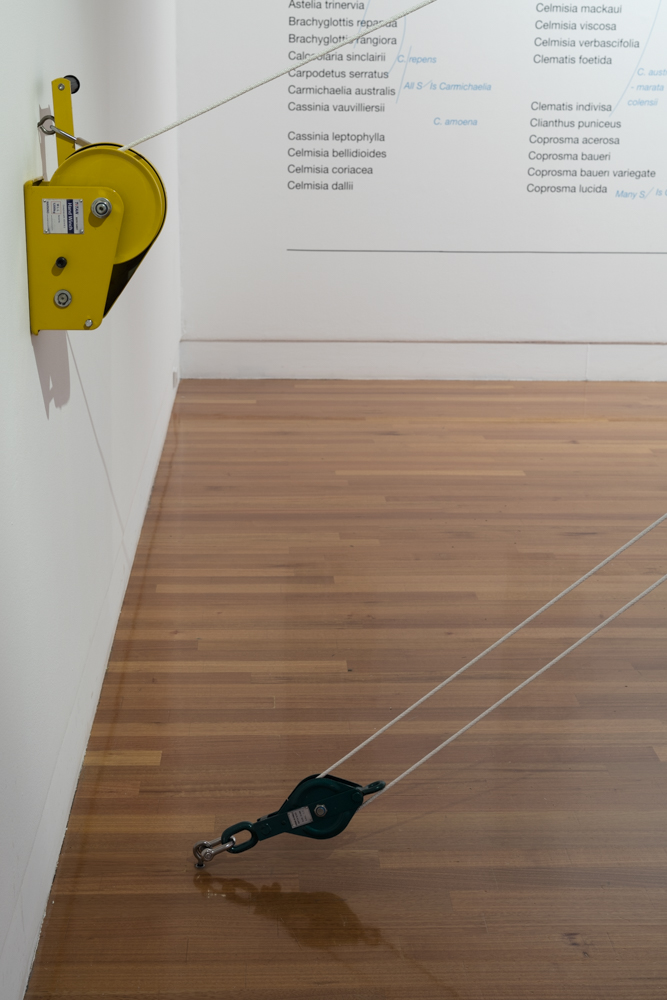
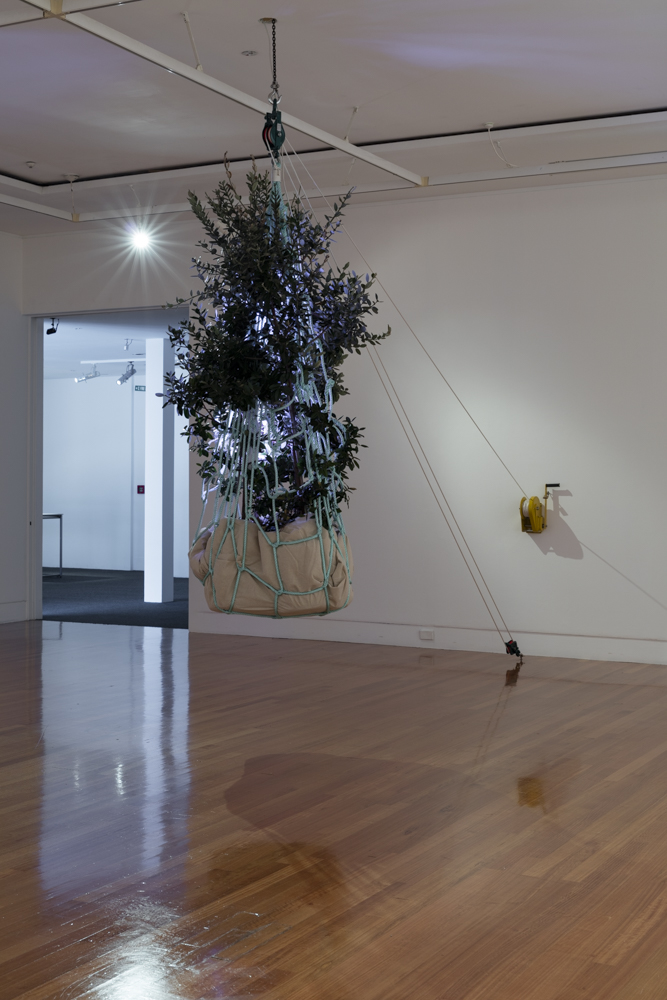
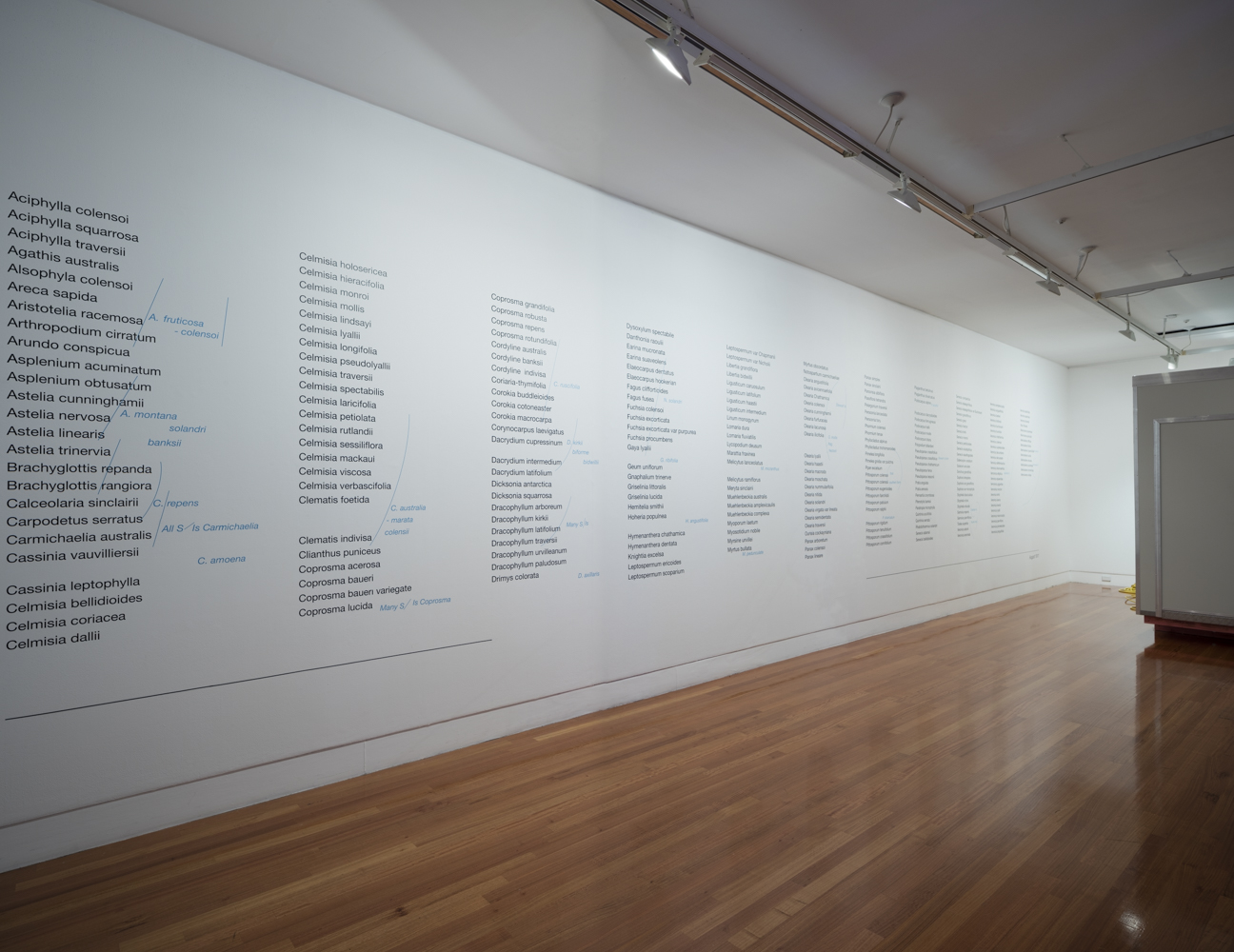
The objects and elements in the exhibition draw together various ideas and histories regarding scientific classification and the manipulation of nature, as well as different technological innovations that have influenced the world. In the Te Tuhi foyer a vivarium contains stick insects of the same species found in the Isles of Scilly. The Latin word vivarium translates as ‘place of life’ and is a container traditionally used by scientists to observe flora and fauna. A replica of the Portacom building where the insects are currently kept in Palmerston North, under quarantine restrictions and artificial lighting, together with a cardboard box of quarantine clothing, can be seen in the gallery. Further gestures to cultivation, containment and control are indicated by ultraviolet grow lamps and examples of irrigation.
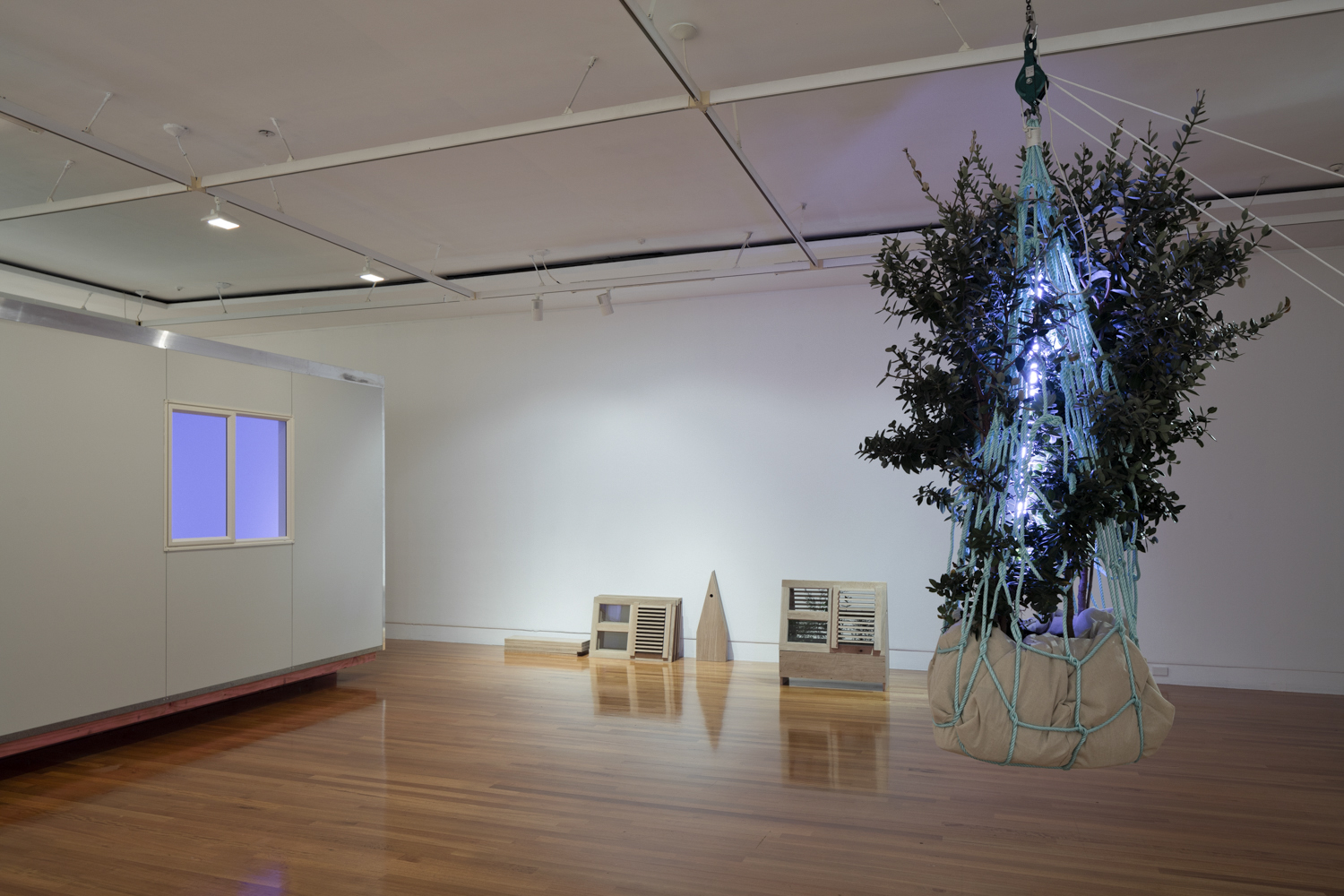
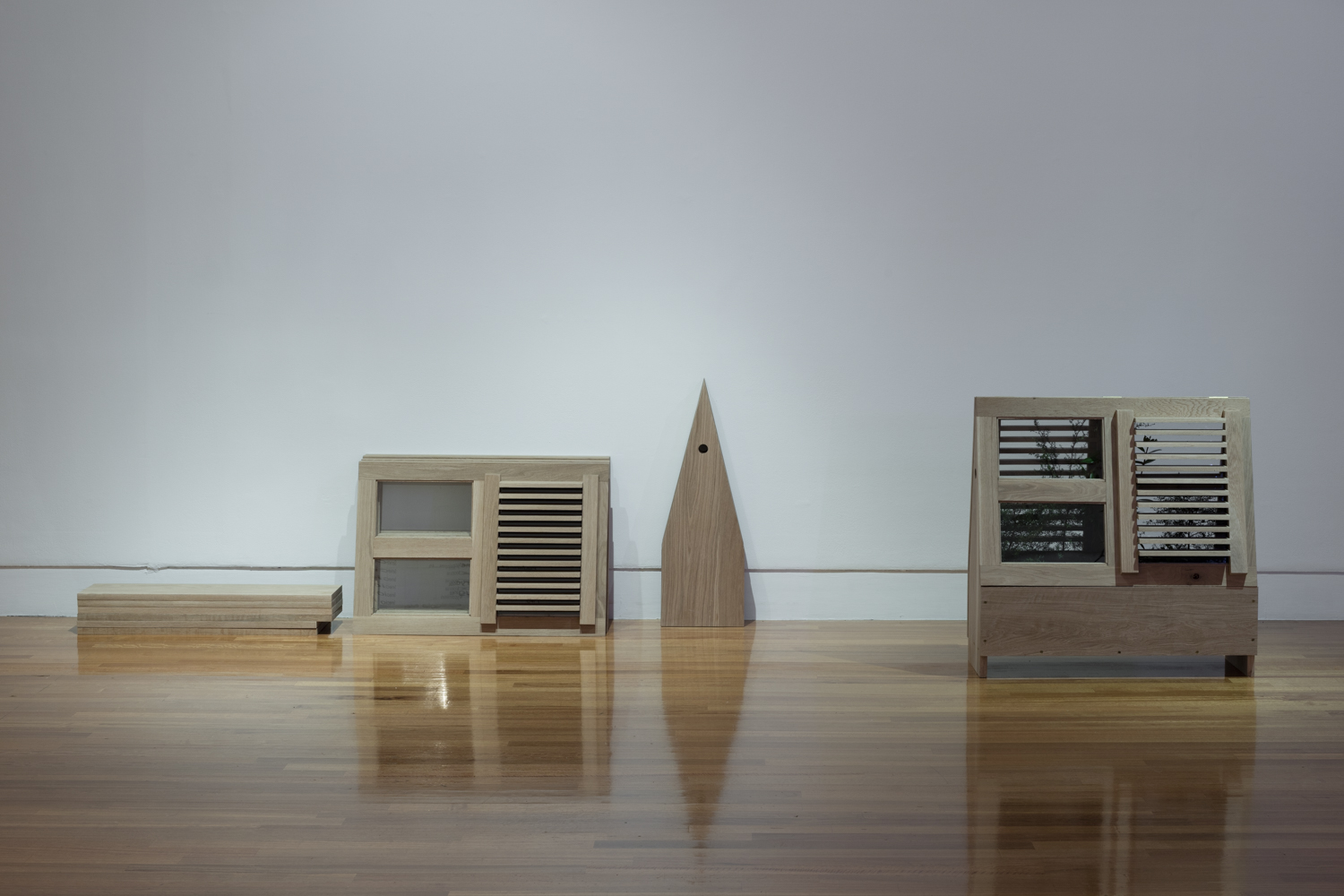
The human control and classification of nature is further explored in a wall work which lists the scientific names of plants that were transported from New Zealand in 1908 destined for Tresco Abbey Garden. The list is based on a handwritten ledger made by the garden’s founder Major Dorrien Smith, and is a record of the New Zealand plants that had been established in the gardens three years later. It is likely that the stick insects originally travelled to the Abbey Gardens with this shipment of plants but were not discovered until much later. The blue lines and text relate to some of Smith’s original handwritten notations, which appear in the margins of this ledger.
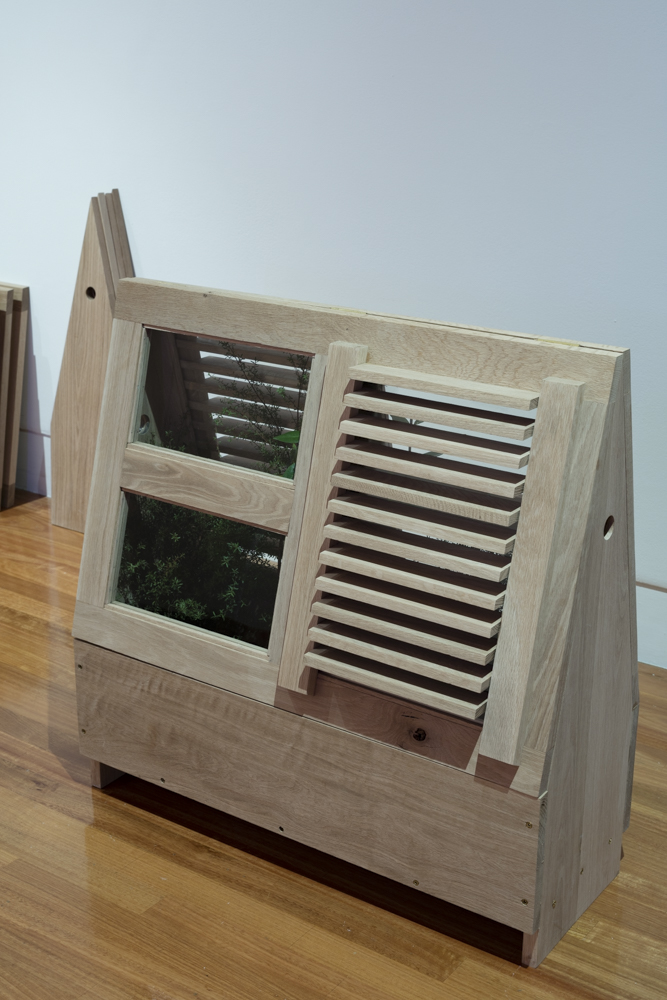
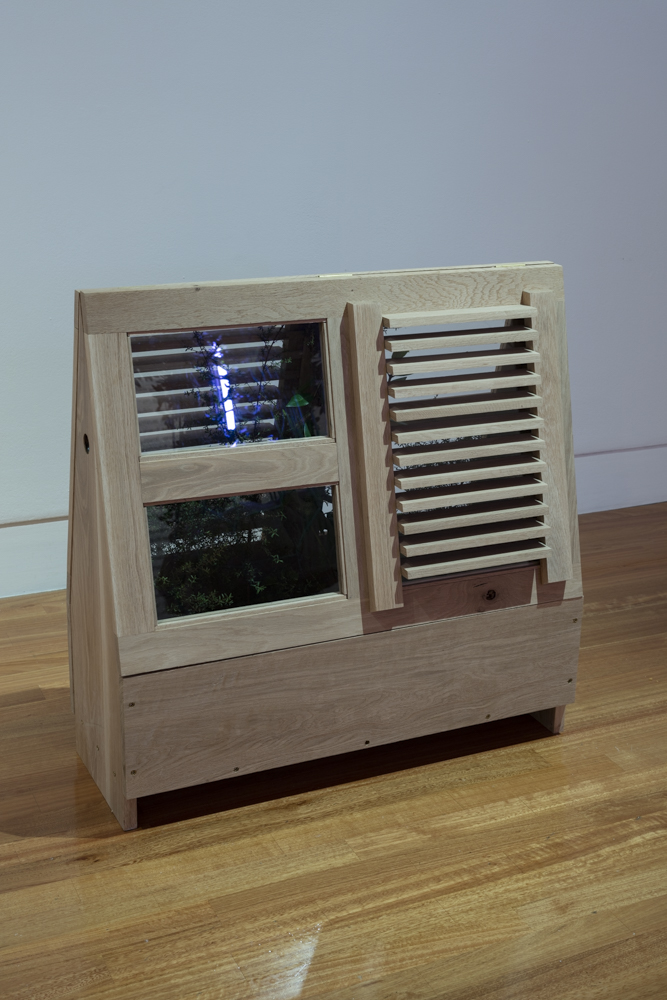
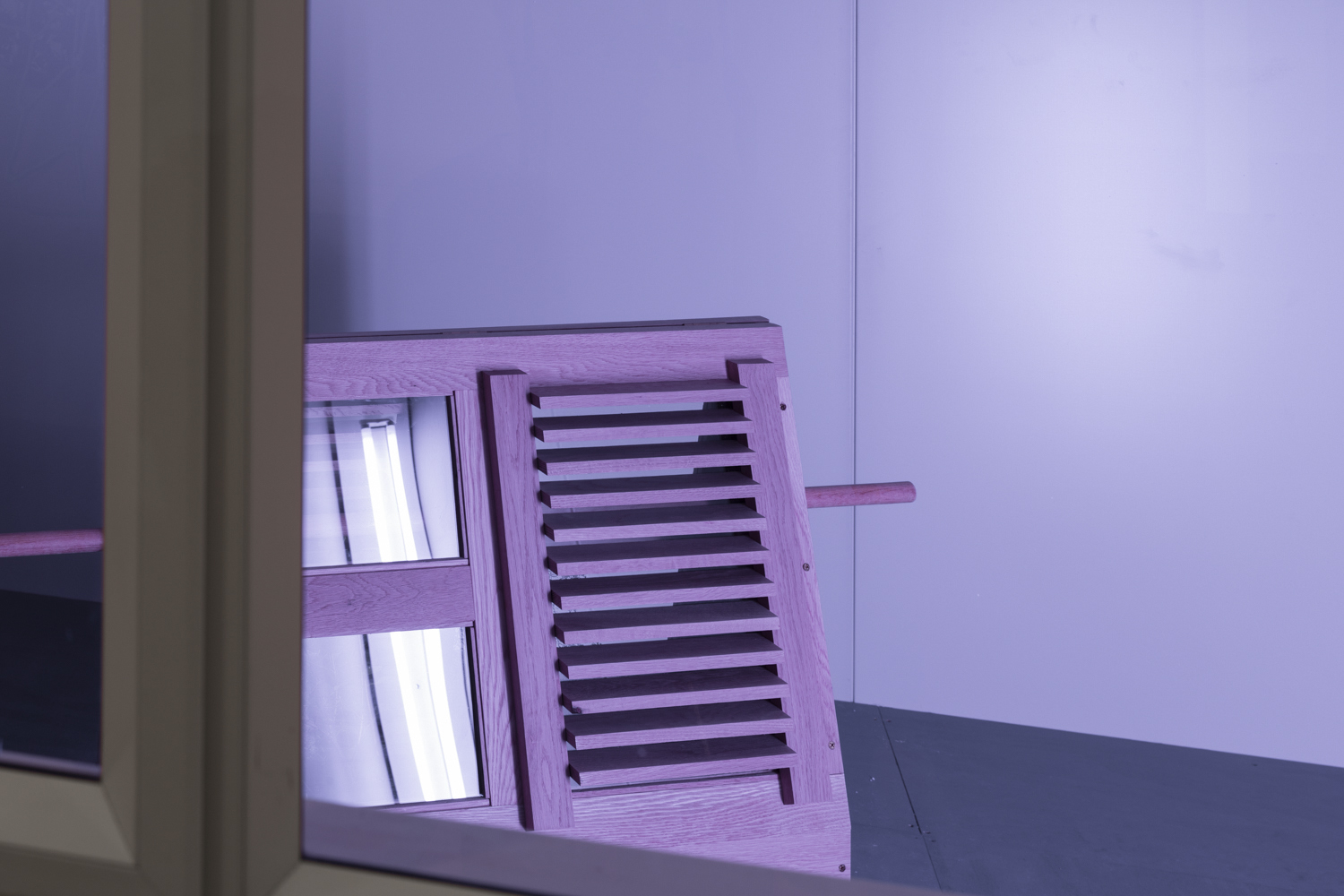
Other forms of containment, transportation and classification include the wooden boxes called Wardian cases, which were a major technological innovation alllowing plants to be transported around the world. Designed by Dr Nathaniel Bagshaw Ward in the early nineteenth century when he was attempting to protect plant specimens from London’s industrial air pollution, the Wardian case also enabled living plants to be effectively carried across the world by because of a contained self-watering environment. The boxes were also created to be flat-packed, making them efficient objects to ship and then assemble to contain the returning plants. The original plants collected for the Tresco Abbey Garden were transported in these cases. Newspaper records show that it took forty-two days for Dorrien Smith to travel with the plants via steamship from New Zealand to the Isles of Scilly. As water transportation accelerated in the mid-twentieth century cargo nets were used to load larger specimens.
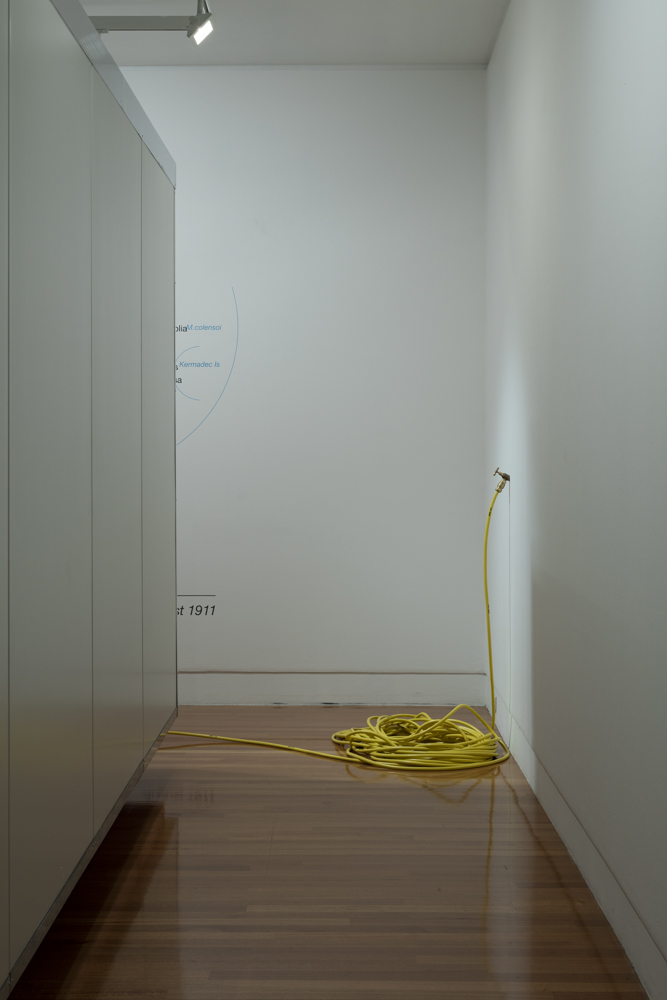
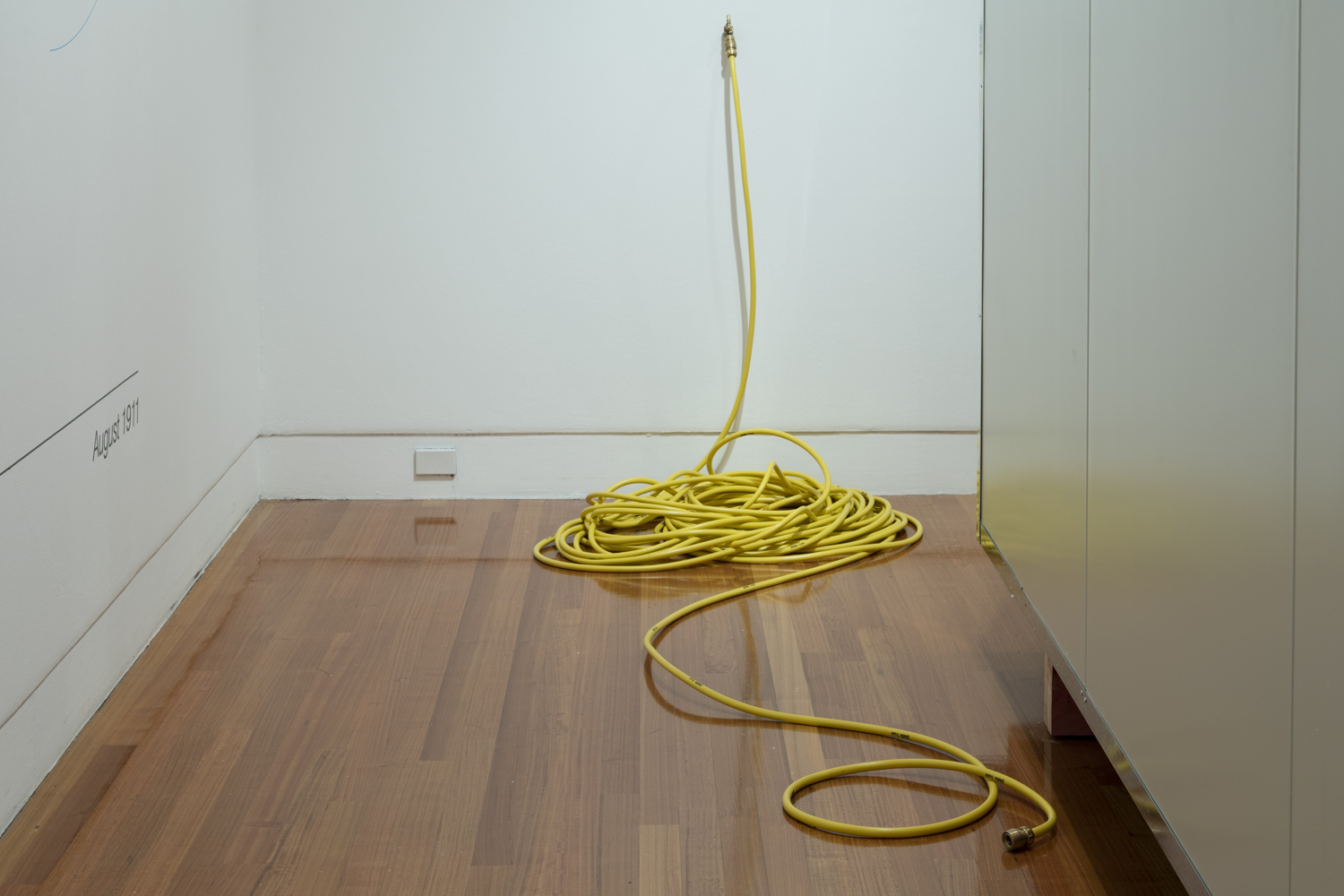
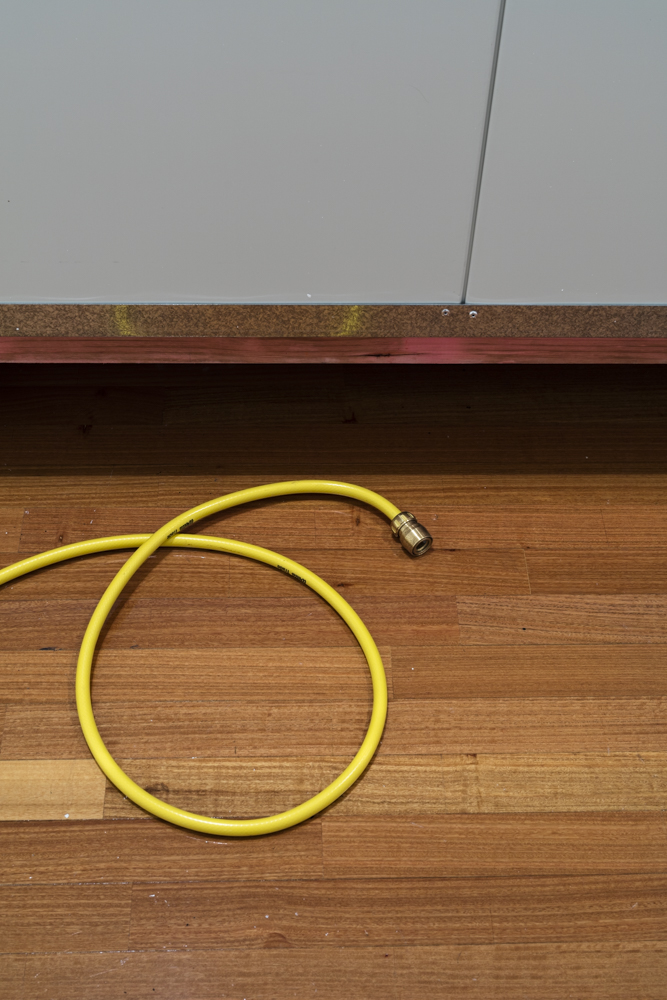
At a distance of forty-two days is a true art and science partnership contributing new knowledge to both fields of enquiry. Here questions of evolutionary adaption meet the cultural significance of repatriation and the lingering historic implications of early globalisation.
